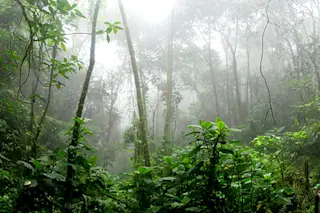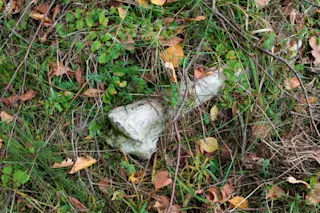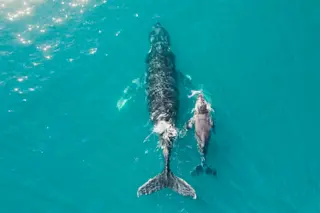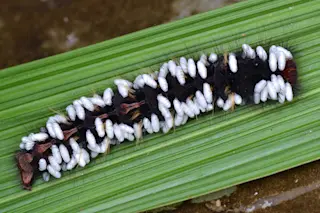In northern Colombia, in a semi-desert region that juts into the Caribbean Sea, its dusty roads traveled by the Wayúu people with their blankets and colorful backpacks, is Cerrejón — one of the largest open-pit coal mines in the world. Excavated for more than 30 years, its huge craters and twisted paths down which the trucks descend give the impression of a tropical hell.
But for the trained eyes of Carlos Jaramillo, that hell is a paradise he always dreamed of finding. There, while working for the Colombian Petroleum Institute more than 20 years ago, Jaramillo, a paleontologist and pollen expert, began with other colleagues to unearth the lost history of the Neotropical forests of the Americas — and to challenge some of the paradigms of paleontology.
Fossil after fossil, these scientists have been reconstructing a history that was thought to be impossible to discover. “For many years, it was ...














